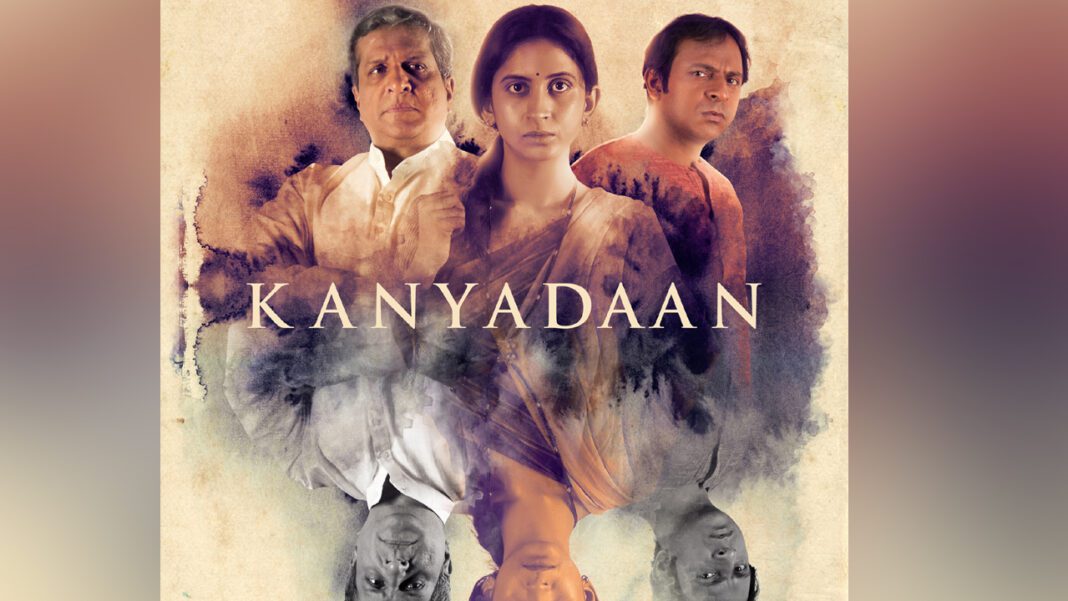K. Ramya Sree
Joy Sengupta is an actor for whom content is the king. All his films, right from his debut movie, Hazaar Chaurasi Ki Maa, in 1998, were filled with content. The actor is always drawn to content-driven, independent, multilingual projects across different formats. This is why he is seen in Hindi, Bengali, and English cinema and continues to work in theater, radio, TV, and web shows.
Joy Sengupta is back with a Kanyadaan, which will telecast on October 29 on Airtel Theatre, Dish TV Rangmanch Active, and D2H Rangmanch Active.The show is also available in Telugu. Like we said earlier, even this show of joy is a perfect amalgamation of art, ideas, and aesthetics and will appeal to audiences, especially in Andhra Pradesh and Telangana, because these regions have very vibrant literary, artistic, and dramatic traditions. “Most of Vijay Tendulkar’s work, in any case, has universal relevance.
In Kanyadaan, too, he has portrayed the complexities of a caste-ridden society and the psyche of a man who comes from a historically oppressed community.The play very astutely depicts just how prevalent patriarchy is in all strata of society. Audiences will also connect with a very relatable bond between a father and a daughter. And the way her relationship and subsequent marriage with Arun impact her entire family.This is a very nuanced story that shows that until we bring about fundamental changes in society, superficial solutions won’t make a difference,” said the actor in conversation with The Pioneer.
His character, Arun, carries the historical baggage of systemic and often violent oppression within him. He shared, “He is a complicated character, and his past makes him volatile, pushes him towards self-harm, and also makes him mistreat his wife. As Nath, the character portrayed by Darshan Jariwala, puts it, he has knots of intergenerational trauma and anger within him. It was challenging to play him because I realized during the process that empathy for the downtrodden in society is one thing, but to live as them is totally different.”
The actor has been seen in many teleplays in recent times. Asked for his take on this format, he responded, “Recorded performances have their own advantages. A teleplay not only archives theater, playwriting, and dramaturgy for posterity but also gives people an opportunity to enjoy plays even if they may never have seen theater before. Teleplays also bring certain elements of theater and cinema together to create an interesting format for actors to explore. Through streaming apps, theater, one of the oldest living art forms, can now grow beyond just live performances and reach a wider audience across the world.
What is interesting is the way teleplays capture the dramatic moments that a live play brings to life on stage. The shooting and editing process is such that it gives the audience the experience of a live stage performance. This trend is not recent, as in the 60s, BBC used to air recordings of plays by Royal Shakespeare societies. Today, the National Theatre also airs plays, and it’s an incredible experience.”




